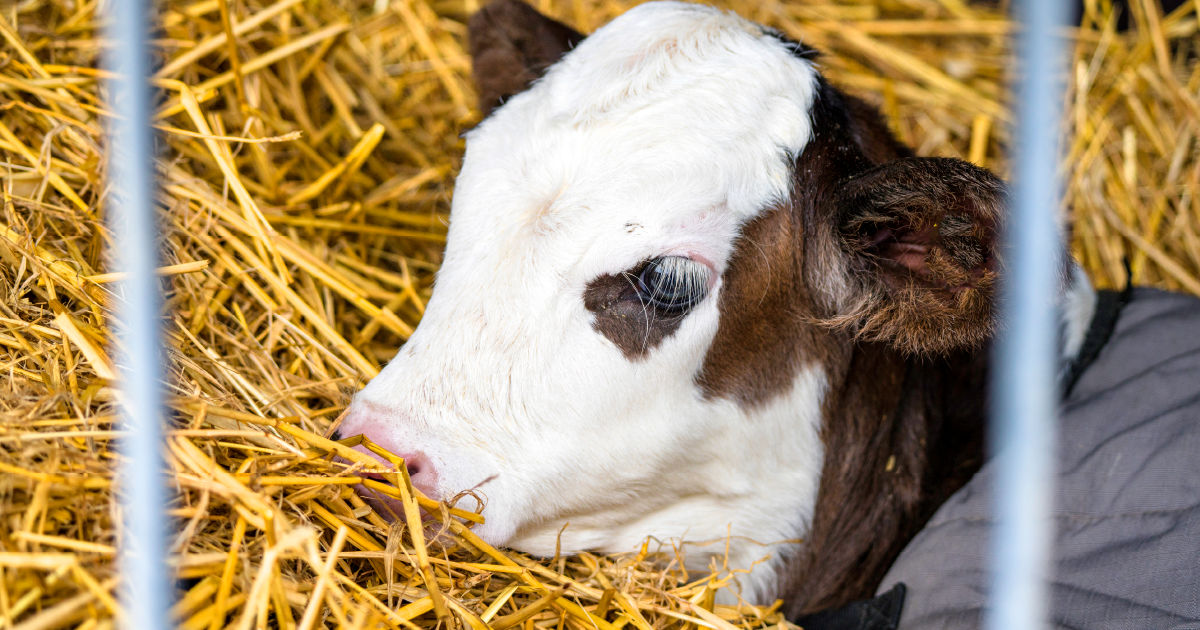Best Practices For Testing Calf Shed Ventilation
-

- 5 Oct 2023
- 0 Comments

Good ventilation systems are essential to reduce respiratory disease in the first months of a calf’s life.
It is estimated that the cost of pneumonia per sick calf is £42.26, with an additional cost of £29.58 per calf for the in-contact group. In turn, this reduces feed efficiency, growth rates, organ development, future milk production and an increased mortality risk before calving.
Diseases arise when calves are stressed, or suffer from increased infection pressure from multiple pathogens. Here are some tips on how you can reduce these risks, and how to check calf shed ventilation:
Carry out a visual inspection:
- Look for condensation, build up of dust, or cobwebs in your calf housing.
- Check for any obstruction to inlets or outlets – outlet area of 0.04m² per calf.
- Check for a smell of ammonia – ammonia at levels of 25ppm irritates the mucus membranes and makes the animals more vulnerable to disease and lung damage.
- Examine stocking rate – suitable stocking rate (>2.5m²/calf) to reduce the airborne bacterial density.
- Ensure your calves are well bedded, keeping calves dry will minimise moisture.
Smoke Test:
Use a smoke bomb to observe how it clears from the shed, it should clear quickly via vents and outlets indicating adequate ventilation. The smoke should clear in 2-3 minutes.
Airflow Measurements:
To determine if your calf shed has adequate ventilation, assess the airflow. Stand at different points within the shed and feel the air movement. Ensure that there is a gentle but noticeable breeze throughout the space. Lack of airflow can lead to stagnant air and poor ventilation.
You can also use an anemometer to measure airflow in the shed. Anything greater than 0/5 metres per second is classed as a draught.
Summary
Based on your assessments and measurements, make any necessary adjustments to the ventilation system. This may include increasing fan speed, adding or adjusting vents, or addressing any obstructions that hinder airflow.
If you’re unsure about the adequacy of your calf shed’s ventilation, consider consulting with our Calf and Young experts, who can provide expert guidance and recommendations tailored to your specific circumstances.










